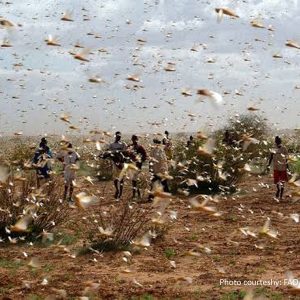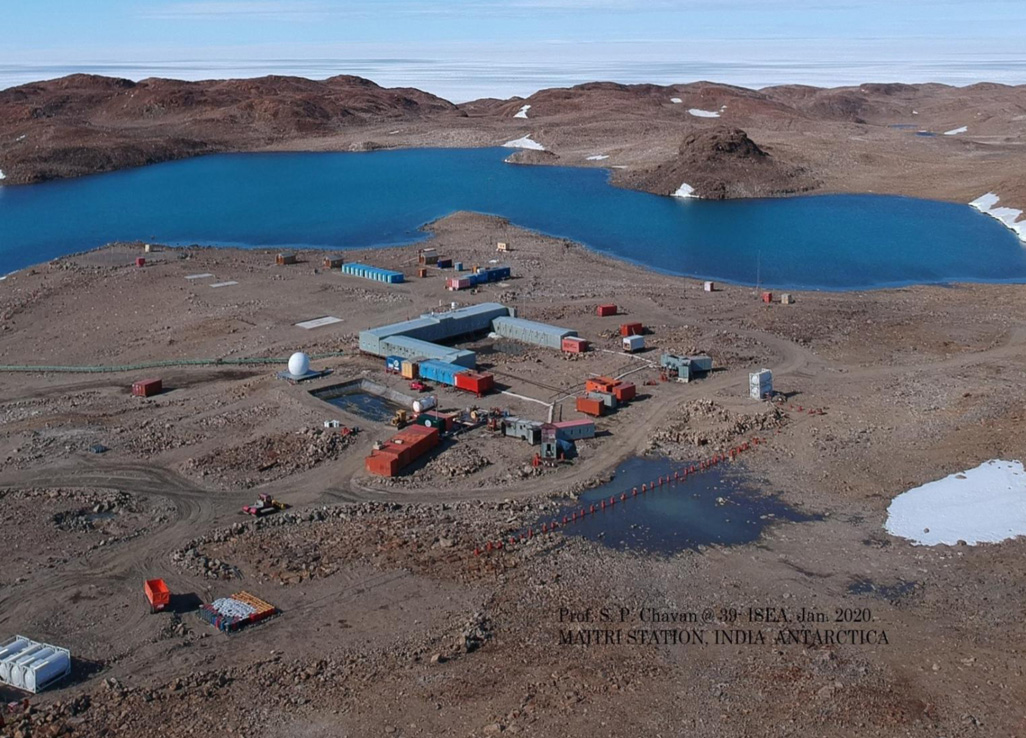Earth Observation Satellites For Locust Surveillance
Published: Nov 2, 2020
Published: Nov 2, 2020

Desert locust, Schistocerca gregaria is a type of grasshopper that exhibits density-dependent polyphensim. The gregarious phase occurs when huge swarms of winged adult locusts embark on spectacular mass travel, during which they are voracious and destructive, leading to famines and threats to food security. Life cycle events of locust include egg, hopper, and adult stages which are highly influenced by environmental conditions. These conditions include soil moisture, temperature, rainfall, wind vectors, and vegetation status. Earth observation (EO) satellites provide ample opportunities in integrating all remote sensing data for early detection of locust and also to predict the swarm trajectory. This scientific communication articulates the environmental indicators that are relevant to various stages of locust’s life-cycle and related EO data sets that are useful to monitor environmental indicators.
Keep reading with one of these options :
